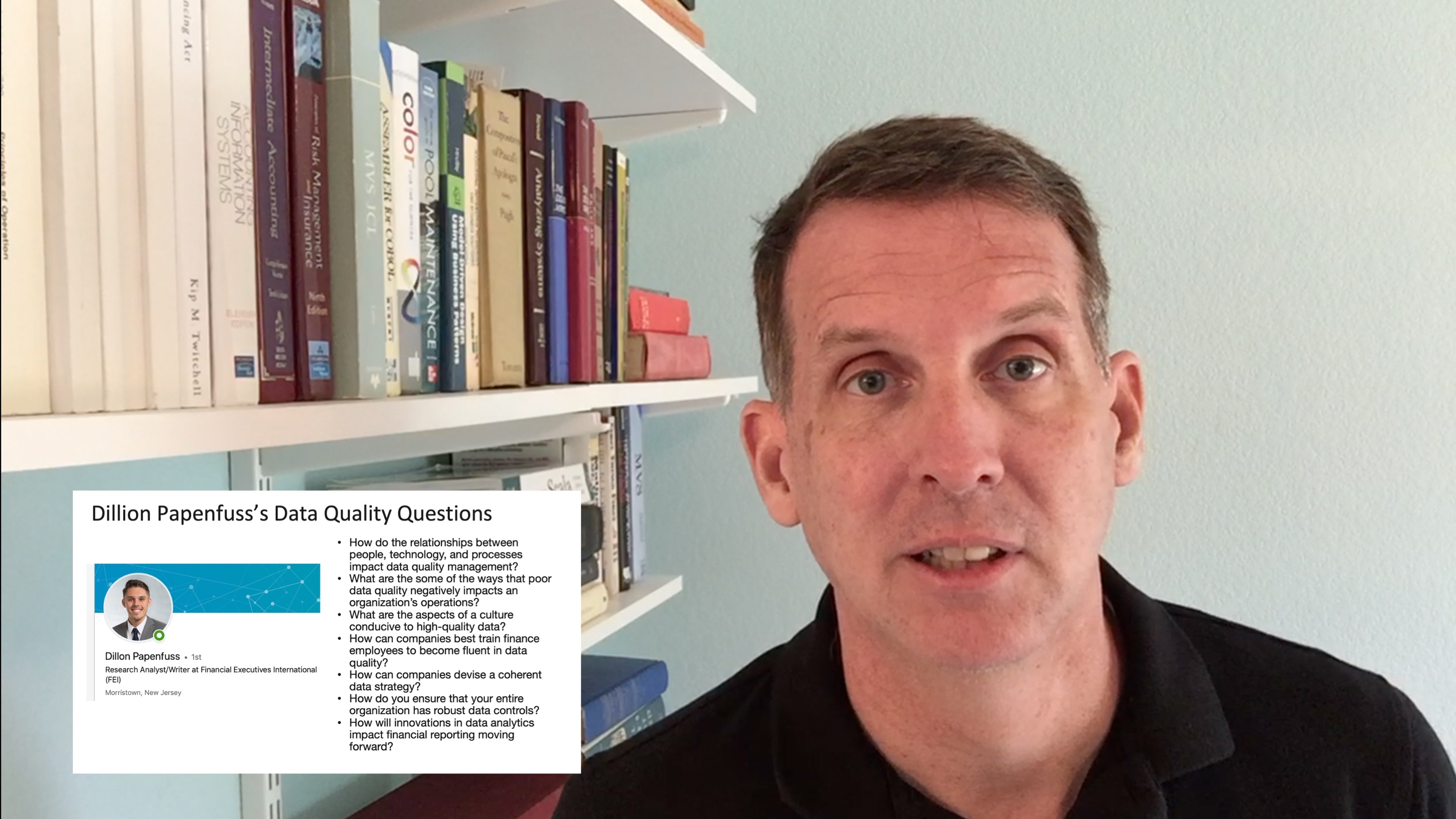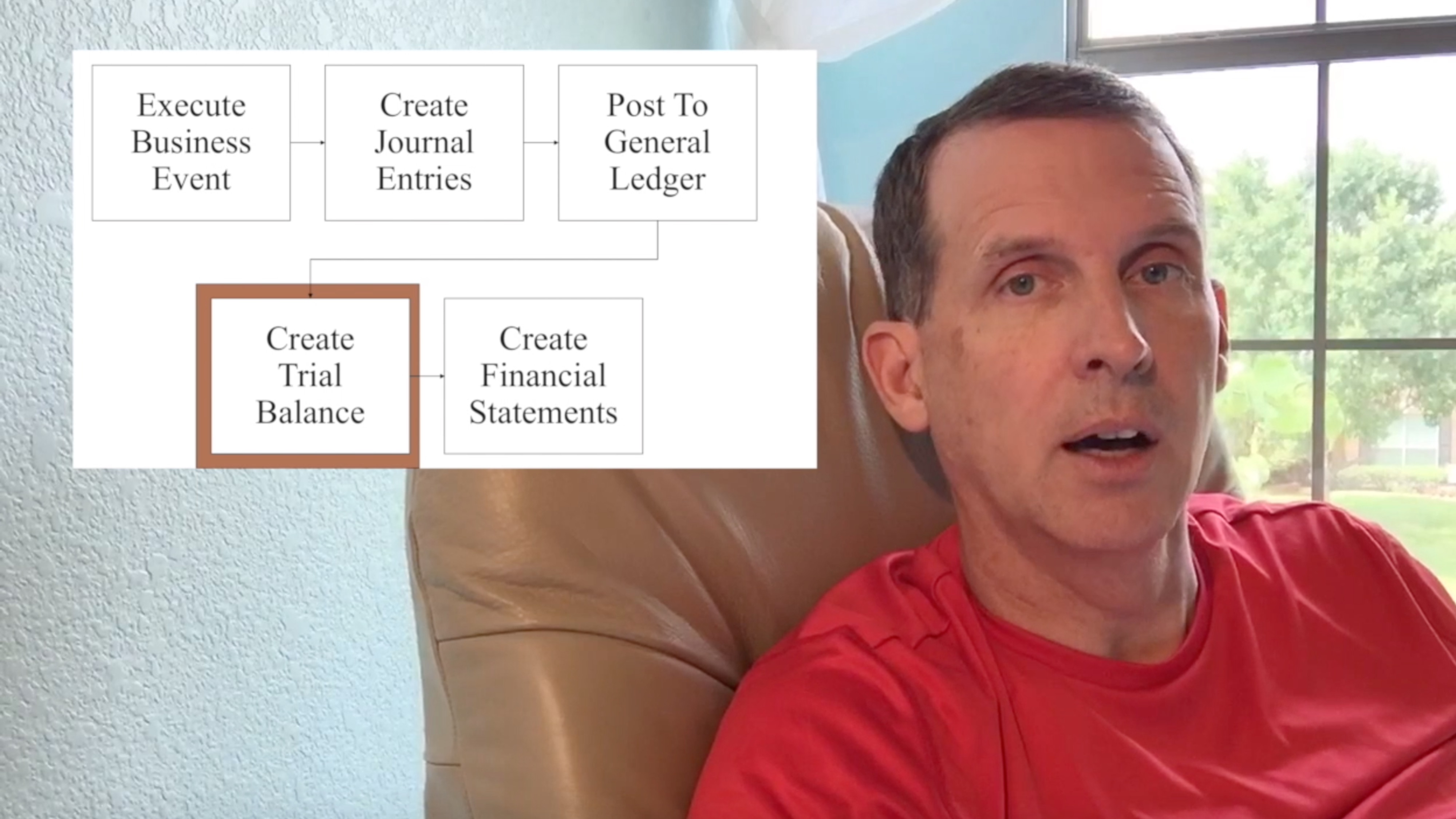This week let’s discuss the innovation process.
I’ve found that meetings, particularly face-to-face meetings, can be very helpful in finding ways to solve difficult problems through innovation. A face-to-face meeting helps to focus the participants on the problem, by having them with each other. Proximity is a large determinant of priority, and when people come together for a meeting, it is a little bit harder to get distracted by all the other things that could be done. Meetings can generate focus.
And face-to-face meetings help us gather much more information, over longer periods of time. Body language communicates so much, perhaps as much as we communicate verbally. If this information is used in the innovation process, more is learned and understood quicker than by other means.
Often if the discussions are lengthy enough to include a meal, and some relaxed time, other dimensions to the problem can become evident, less pressing, more subtle, but no less critical to ultimate success.
So all of this is helpful in innovating, but a critical decision is who should be invited to the meeting. And this is a difficult decision at times.
There can be many people who want to attend these discussions; some want to do so because they can focus on new ideas, perceived as more valuable in the market place than the day-to-day tasks they are charged to take care of. Others want to attend out of a sense that it might fill up the day without them having to take much responsibility for actions or outcomes. Obviously these types of attendees will reduce the energy and commitment in the meetings, reducing chances for truly innovative outcomes.
Others might have more pure motives, but come with less experience than what is needed to effectively contribute. These individuals, although quite frequently well-meaning, can take discussions down fruitless roads.
In innovation meetings, what is required is to quickly traverse possible routes that could be taken. This could be likened to people capable of reading topographical symbols on a map, and thus sensing what the lay of the land will be on a particular route. Mentally going someplace requires much less time and energy than physically going somewhere. If one can detected the best route by consulting a map, then the most promising approach can be chosen with the least effort.
If participants cannot read a topographical map, or can only read some of the symbols, they are likely to select less promising routes, and require greater energy in gathering information or even scouting physical positions. This process can lead to a lot of dissipated energy.
It can drag down the more experienced participants to have to try to describe what the environment will look like at that dead end path. At times, describing why not can be very challenging, and specific reasons may be more of a feeling than something that can be articulated clearly, particularly to those less experienced.
Determining who to invite to innovation meetings is a challenge. Most innovation requires more than one particular skills set: meeting organization might be one overlooked critical success factor to it.
This is Episode 199 of Conversations with Kip, the best financial system vlog there is. Literally learn more–about ledgers and financial systems–at LedgerLearning.com.
Watch all episodes in order at the Conversation with Kip Playlist.





[…] of working in a collaborative way, with an abundance mentality, and enough experience to carry a part of the load, then you’re invited to join us in this stage of the […]
[…] Related Post: Who’s Invited to Innovate? […]